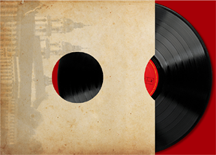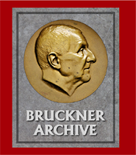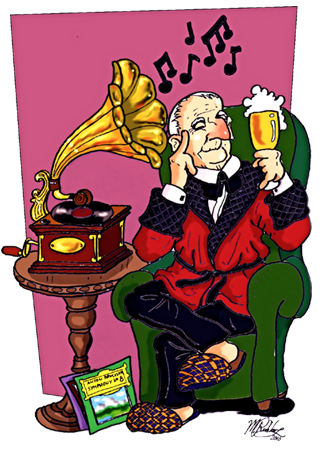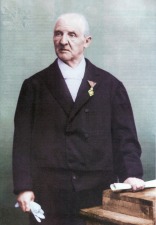Latest News and Postings!!
Please feel free to contact me if you have any news that is worth sharing. Latest news and postings are at the TOP of the page. Older stories that are still relevant are moved to the Features Section of this website. |
|
Upcoming Bruckner Performances - via Tatsuro Ouchi's website | |||
|
Anton Bruckner Organ Festival 2026 in Berlin. - Illustrated program book available for download | |||
|
Brucknerathon 2025 - A report of the weekend's activities | |||
|
Bruckner in the age of A.I. | |||
|
Bruckner Archive recordings arrive in Vienna! | |||
|
The Bruckner Journal Reader's Conference - A Call for Papers - Deadline November 15th | |||
|
A new addition to the "Discographic Horrors" section | |||
|
Benjamin Korstvedt's new book on the Bruckner 4th is available | |||
|
Roberto Ferrazza publishes the fourth volume of his Bruckner Study | |||
|
Ebrach Summer Music Festival celebrates 35 years with a souvenir publication - Download available here | |||
|
Gerd Schaller's Bruckner Ninth - Video stream available | |||
|
Miguel Ramirez: Anton Bruckner and the Reception of His Music: A History of Dichotomies and Controversies - A new book | |||

















